To comply with my NDA, I have omitted and blurred confidential information in this case study. You can connect with me on a call to learn more about the project.
Summary
This project was aimed to reduce the administrative efforts of teachers so that those tasked to manage day-to-day admin works could gain more time to focus on teaching. Another challenge was to make the application global so that solution can be flexible enough to accomodate variations in task flow in different countries. After launch, it was seen that number of customer support tickets were drastically reduced by >50% and qualitative tests shown that the avg. time taken to complete the complex and frequent tasks was reduced by >20%.
This was the user management application that was built in 2012 and was supposed to be revised.
Objective
Provide school admins and individual users with a solution to set up, customise, and manage school and personal information that enables Frog's virtual learning environment (VLE) to immediately assist them smartly with their day-to-day tasks, so that they could rely on a digital system for clerical or administrative details and focus on tasks that requires their intellectual skillsets.
" Create an experience that enables and encourages schools and users to conveniently input information into Frog, and use the information to power the automation of user workflows and recommendations. "
User Flow
I plotted a high-level user flow for the existing application to identify the hierarchical flaws in navigation.
Legacy Application's navigation
Based on user feedback and insights on how they would arrange information so that it comes natural to them to interact with system, I revised the user flow for the application.
Revised and proposed navigation
User flow for admin to manage different user types
Wireframes
After making the user flows we were able to focus on the features needed for the revised application, and based on that I created wireframes to test with the internal teams and capture quick feedbacks. The study helped us in understanding, how to arrange the informations on the interface. I realised that the target users would need a more vivid visualisation to provide a meaningful feedback, and experience the revised design so, I next moved to rapid prototyping.
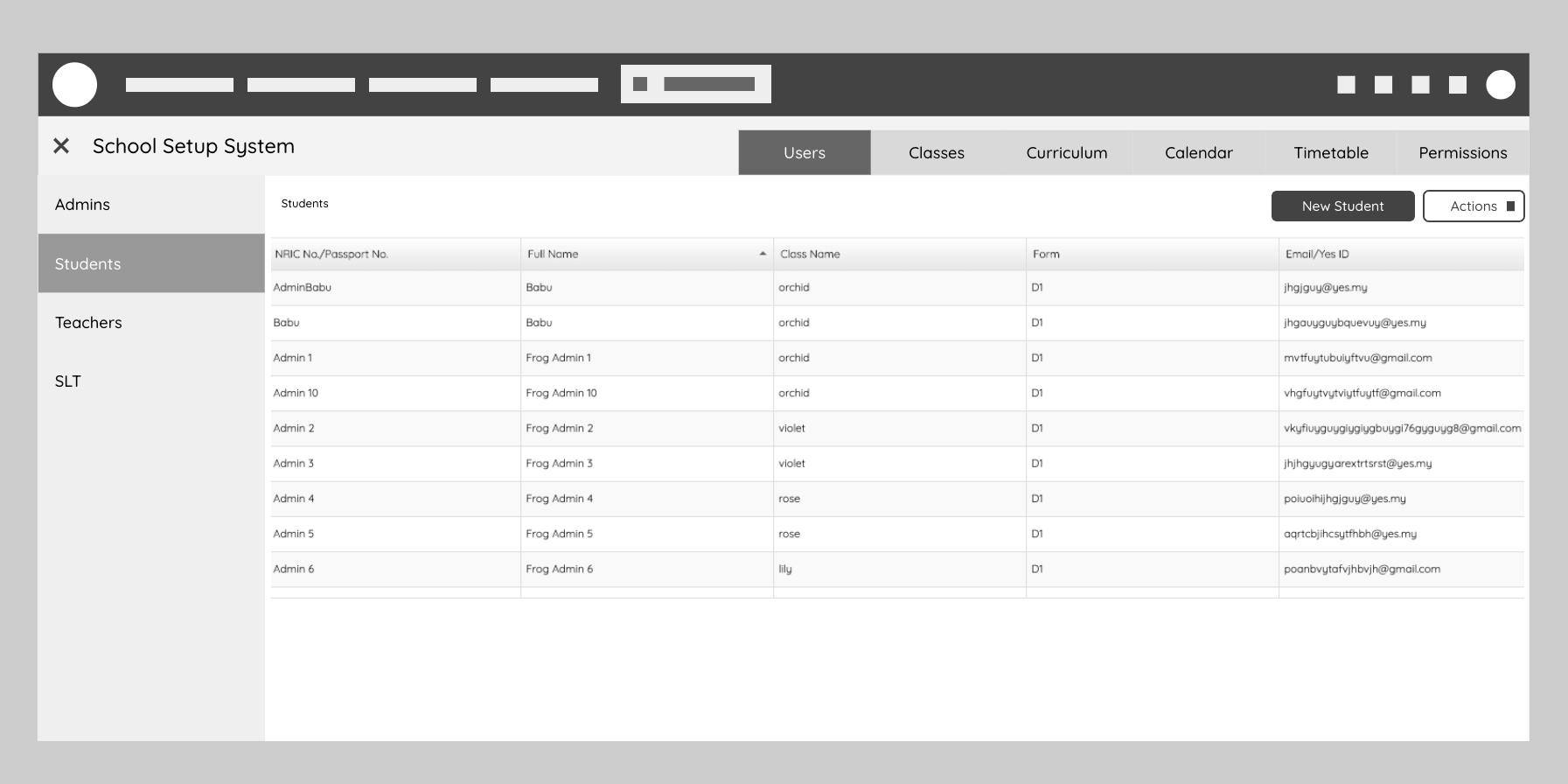
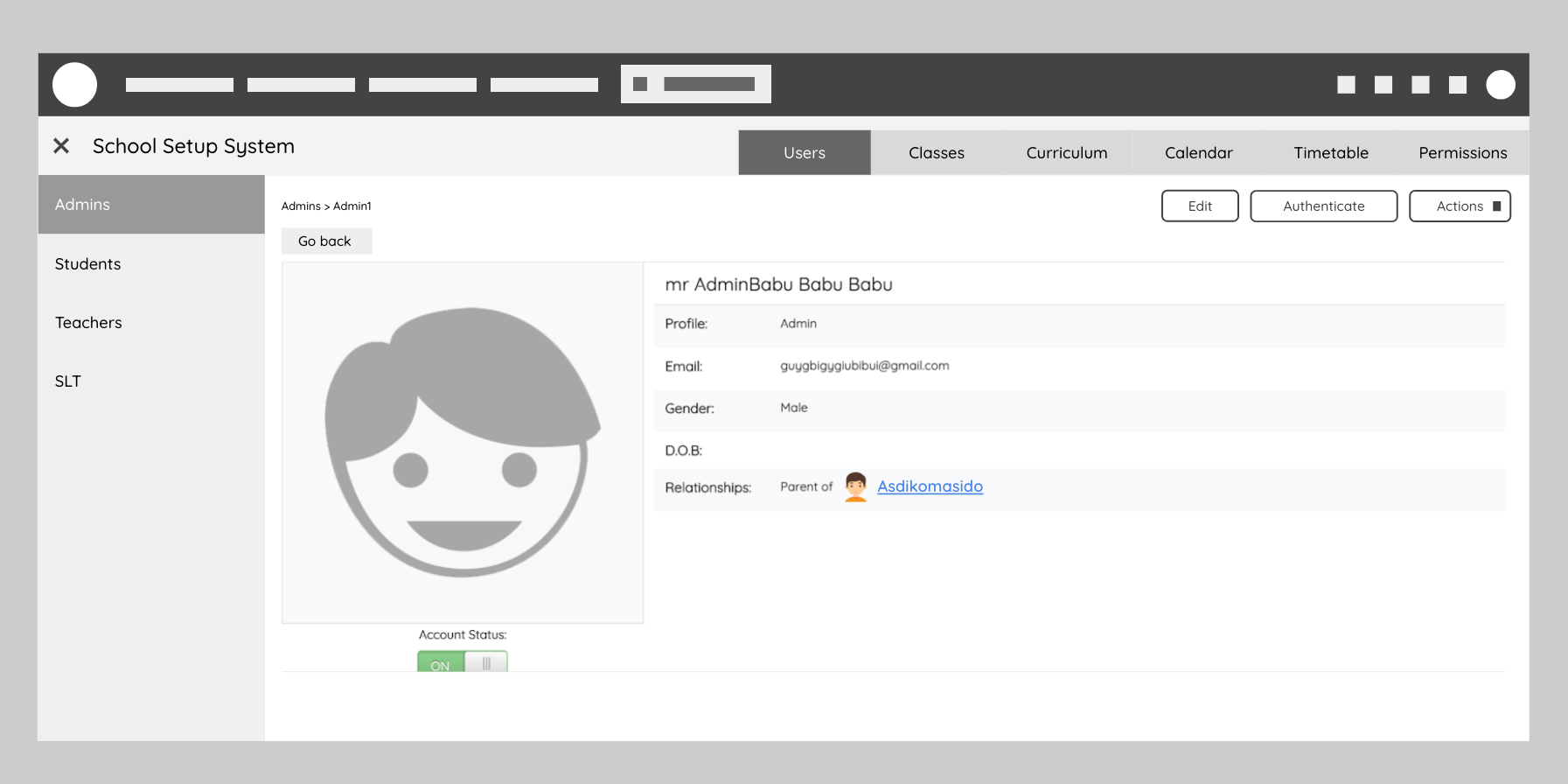
Conducting observational study to test wireframes with the internal teams and capture their feedbacks
Prototype
Study Goals
Ensuring the features meet the requirements of our target market. Predicting real-world customer satisfaction, demonstrating sentiment that will later be shared publicly.
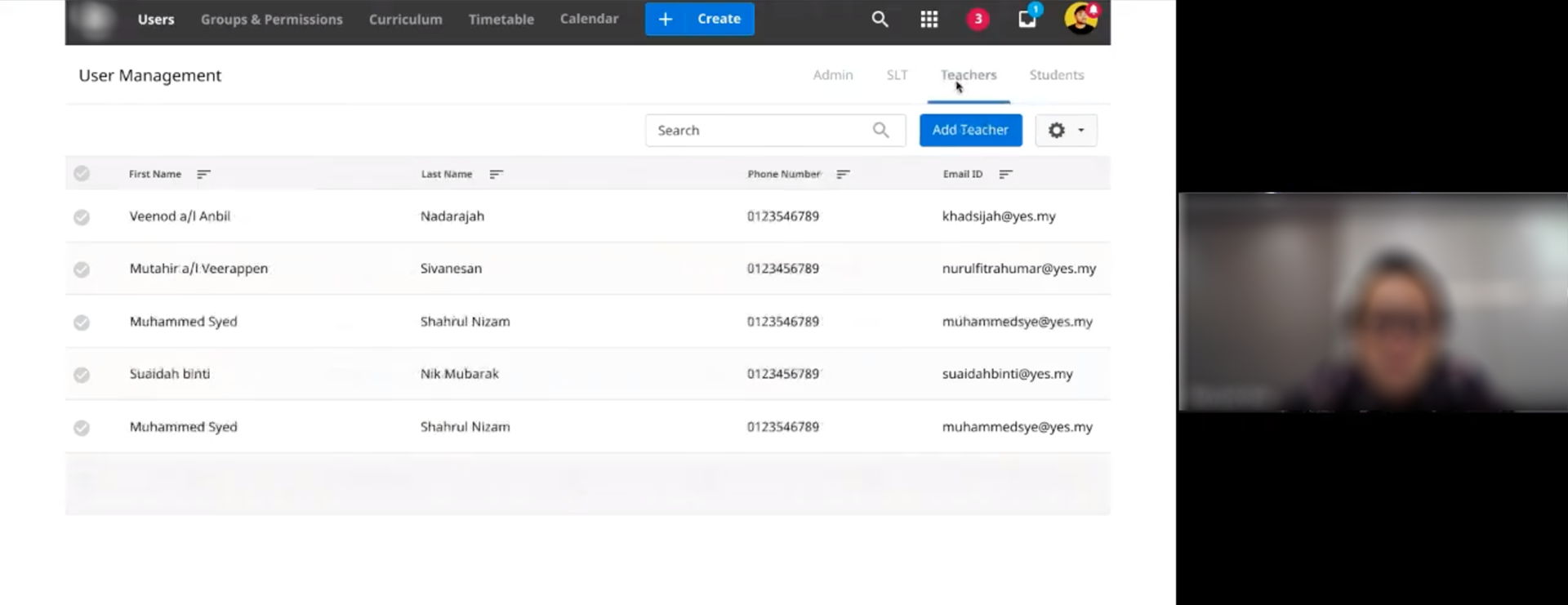
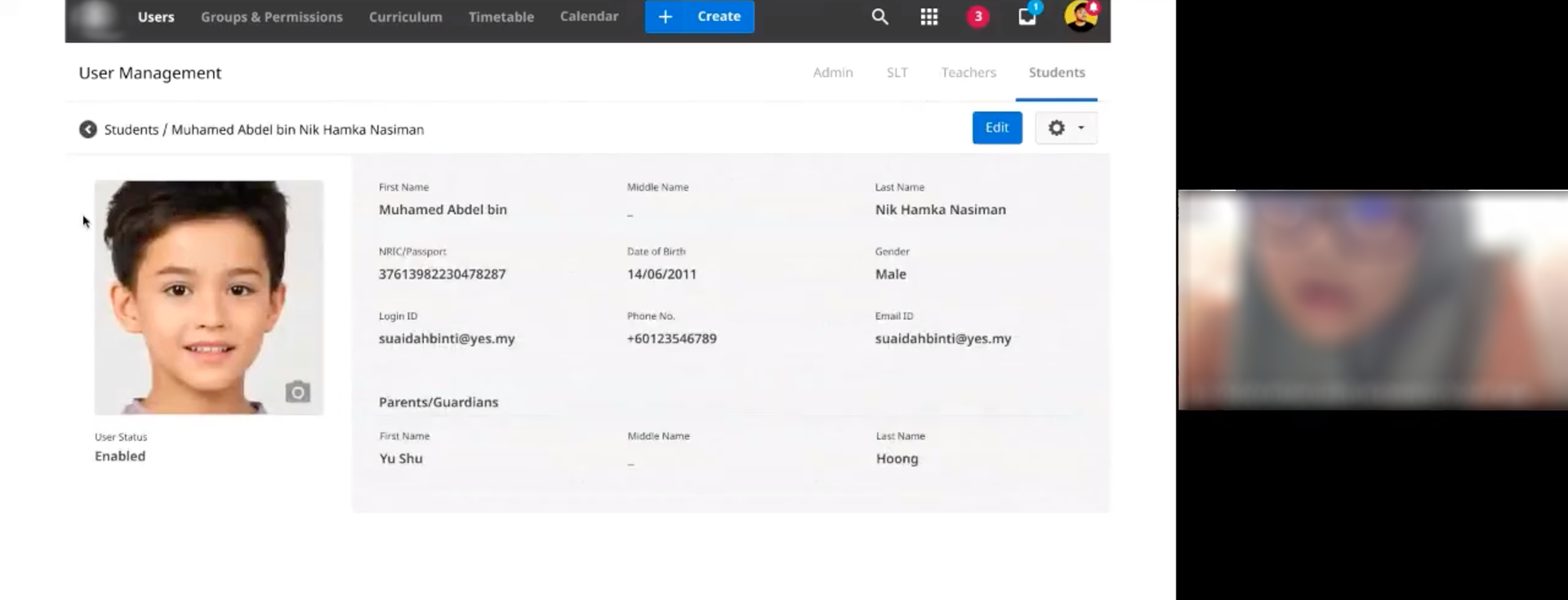
Final Solution
Study Goals
Validating that the features are easy to use and the design is intuitive. Obtaining detailed feedback about usability challenges that testers encounter will enable us to either make immediate changes or prepare the support team to assist customers in these scenarios. Obtaining insight into unscripted usage patterns for these features can also help us to identify additional benefits.
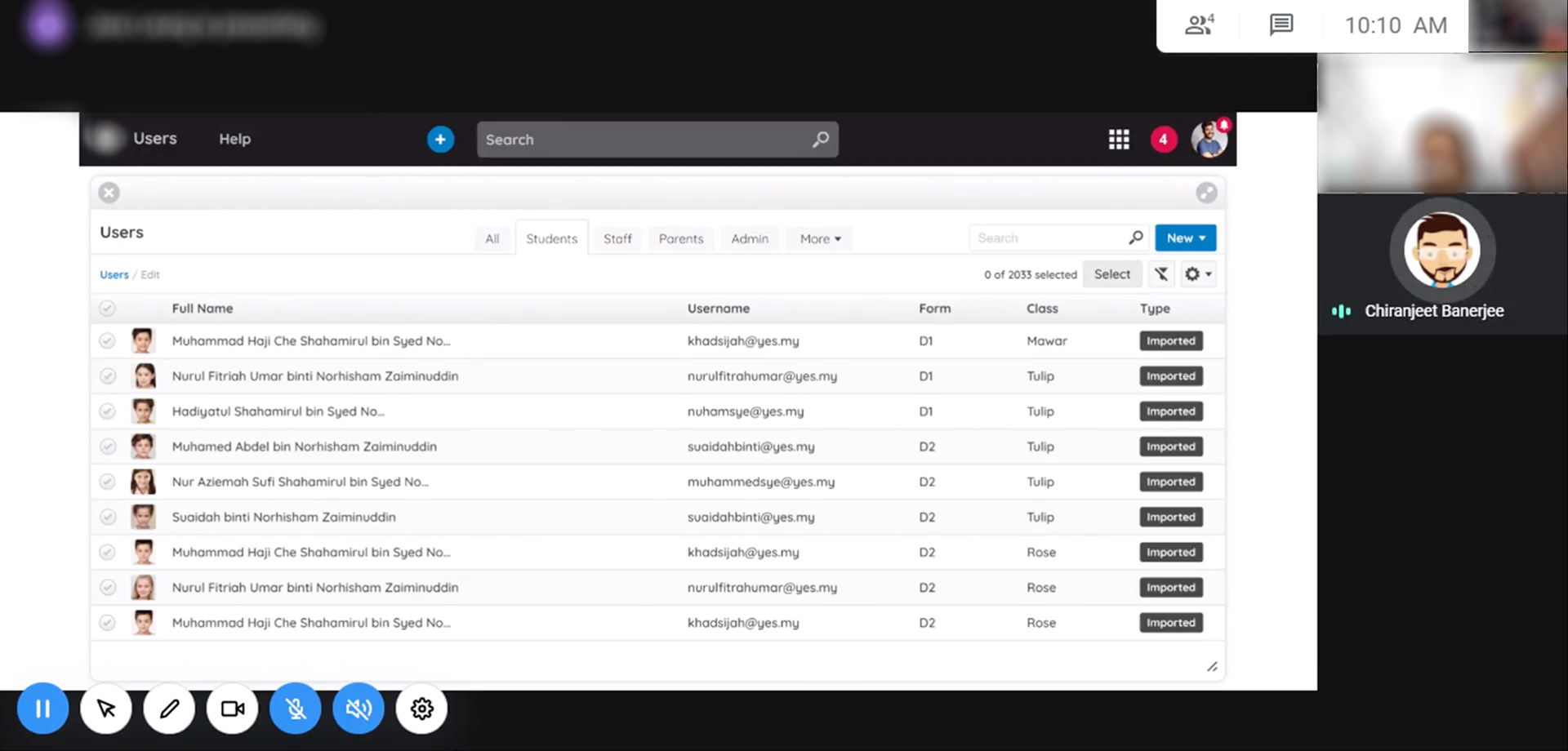
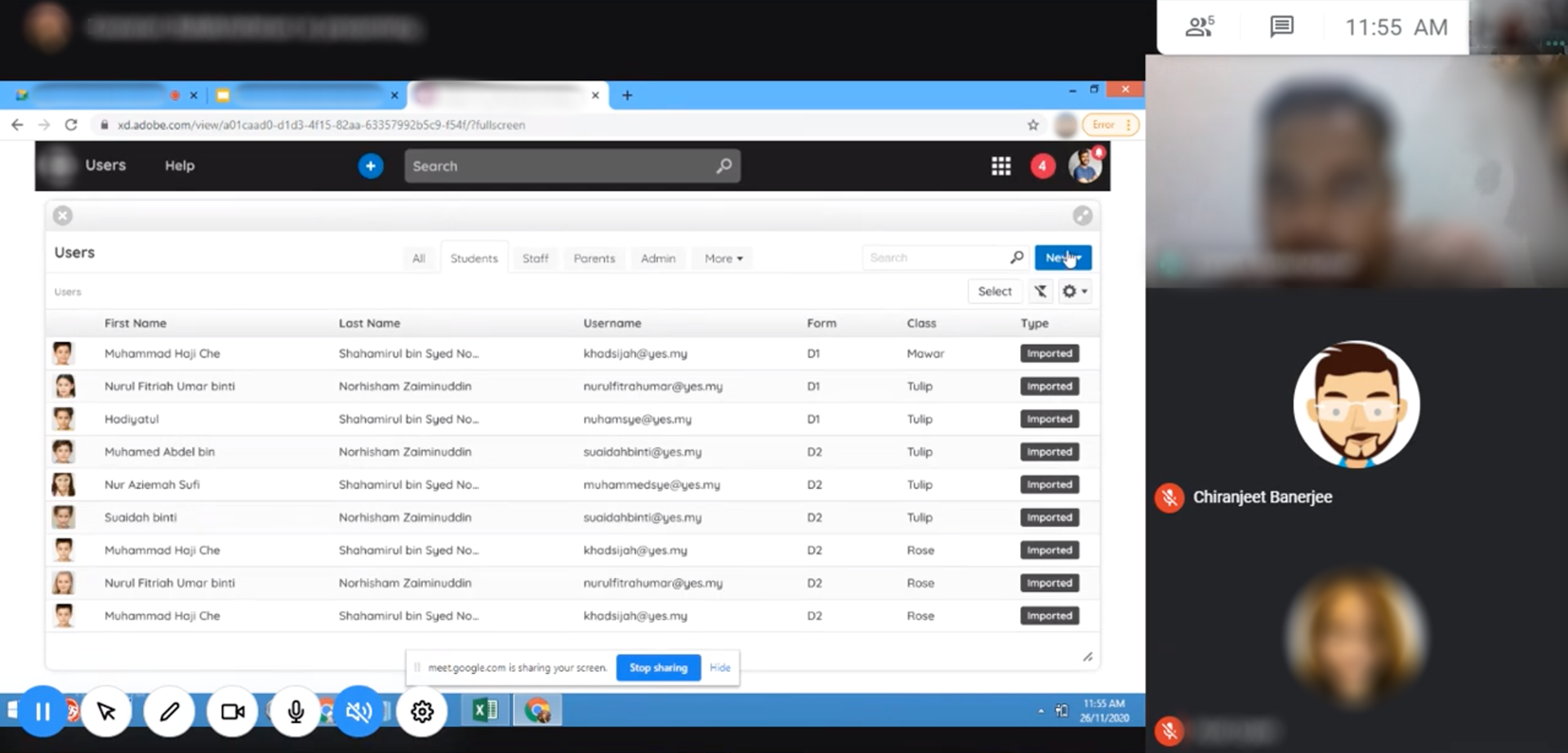
Test Results


